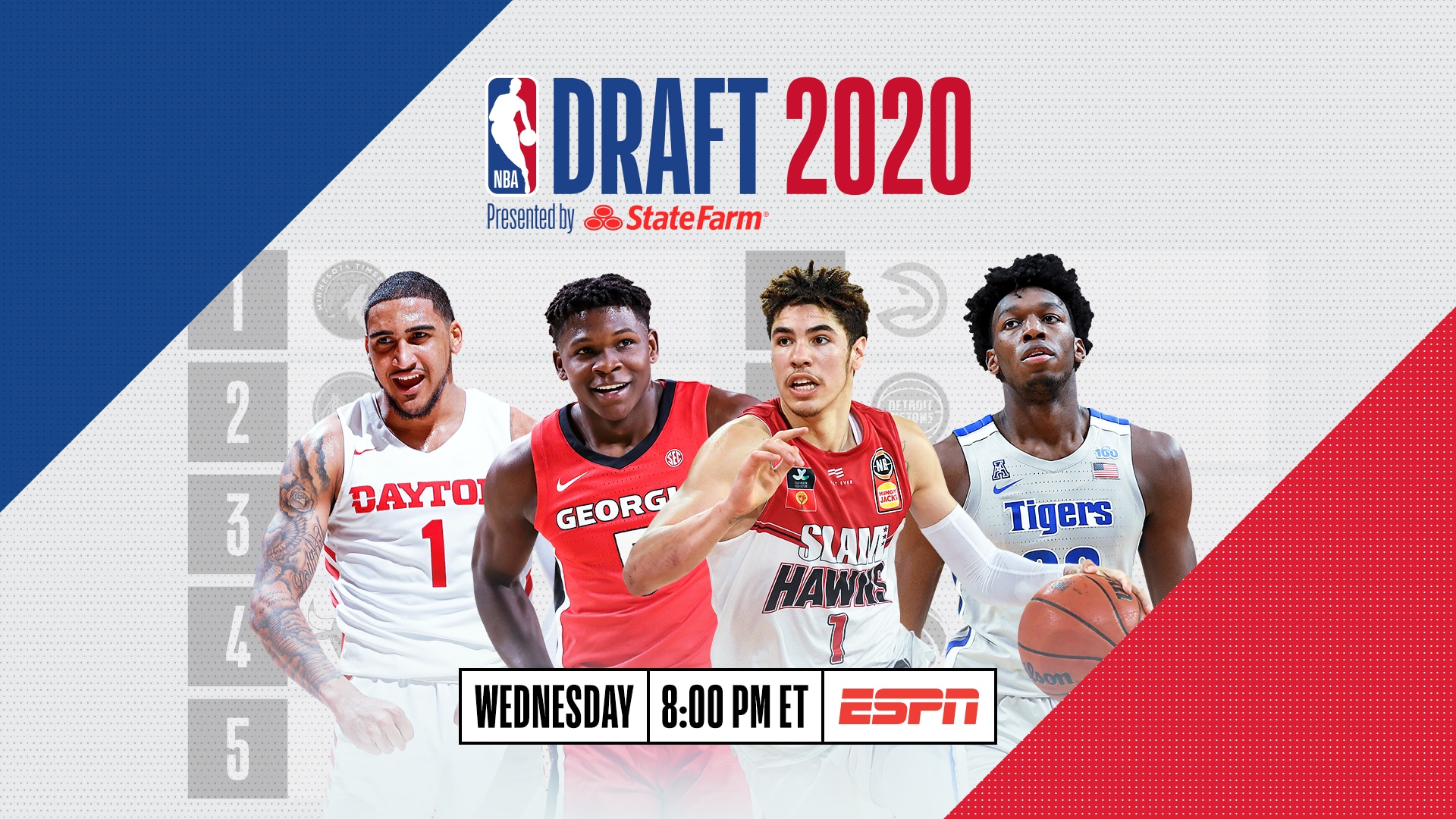
Kira Lewis Jr. is projected as a potential lottery pick in the 2020 NBA Draft.
In a home game against Tennessee last February, Alabama guard Kira Lewis, Jr., a couple of steps past the 3-point line, sizes up his opponent, the Vols’ Jordan Bowden, a senior who was considered an above-average defender. In an instant, Lewis drives right and past Bowden, eludes an effort by Yves Pons — who would later be voted the Southeastern Conference Defensive Player of the Year — to poke the ball away, another attempt by Tennessee freshman Santiago Vescovi, and with the rim fast approaching, makes a split-second decision.
Jordan, 6-foot-5 with a plus wingspan, is still in hot pursuit, so instead of attempting to lay the ball off the right side of the backboard, Lewis soars to the other side of the rim, switches the ball from his right hand to his left, and tosses up a high shot that spins obediently, as though by remote control, off the top of the backcourt and into the net.
Lewis has an entire highlight reel of plays just as impressive as that one, one reason he was a busy man in late October, working out with the Bulls, Knicks, Magic and Pistons in advance of the better-late-than-never NBA Draft. With each workout, word of his amazing speed and ability to score at the rim — in the midrange and from 3 — spreads, which means Alabama coach Nate Oats could well become a prophet. He has been saying since the summer that Lewis — who despite having already played two college seasons is, at 19, one of the youngest players in the 2020 NBA Draft — will be a lottery pick.
Lewis oozes potential. Six-foot-3 in shoes, he possesses an impressive (6-5) wingspan, and since declaring for the Draft last spring, has worked hard to add 15 pounds of muscle to what was once a scrawny, 165-pound frame. He’s a scoring point guard, sure, but last season Lewis finished third in the SEC in assists (5.2) and steals (1.8). Lewis’ assist-to-turnover ratio (1.5, 162 assists, 109 turnovers) seems high to some. But in fairness, he led the league in minutes played (37.6 mpg), barely coming off the floor in Oats’ fast-paced system that seeks to get baskets at the rim, free throws or kick-out, wide-open 3-pointers. Playing so much in a system that grants complete freedom if a player expends maximum energy on the defensive end, Lewis was bound to get a bit loose with the ball now and again.
Suffice it to say, there’s plenty of evidence to suggest Lewis can cut back on his turnovers. He puts in the time in the gym and the weight room, and he’s coachable.
That’s why Oats says without hesitation, “Kira’s potential is higher than any other point guard in the Draft.”
Oats knows that when it comes to evaluating talent, NBA executives aren’t necessarily looking at the present, but the future.
“They’re drafting on potential all the time,” Oats says. “With Kira, you’ve got to compare where he’s at now, with some of these other guys [point guards in the Draft]. Some of them had one more year of high school. Kira [who reclassified in the 2018-19 season and bypassed his final year of high school] had one year less.”
Lewis was solid as a freshman under former coach Avery Johnson, but he blew up in Oats’ system, punishing a procession of teams that couldn’t figure out how to deal with him. Lewis scored 37 points, to go with seven assists, in an overtime win over Georgia, 30 against Penn and Vanderbilt, 29 against Mississippi State, 27 against LSU, 26 against Kansas State … you get the idea. Lewis was a handful.
“He’s one of those guys you can’t guard,” Oats said. “In the NBA, you can’t put your hands on the ball handler. They space the floor so well. He’s going to be hard to stay in front of. His speed is the best thing he’s got going for him. He’s so fast with the ball. He can really turn on the jets.”
Oats, a former high school math teacher who loves advanced statistics, points out that in the last 28 years, only two players entering the Draft at 19 or younger — Lewis won’t turn 20 until April 6, 2021 — produced similar true shooting percentage than Lewis’ 55.9 last season: Dennis Smith and D’Angelo Russell.
Lewis, as evidenced by the work he put in on his body, isn’t one to rest on his laurels, which is why Oats predicts a long and prosperous NBA career.
“He loves basketball,” Oats says. “He’s in the gym all the time. If you’re going to be great and have a long career in the NBA, you’ve got to love basketball.”
* * *
Chris Dortch is the editor of the Blue Ribbon College Basketball Yearbook. You can email him here, follow him on Twitter and listen to the Blue Ribbon College Basketball Hour.







